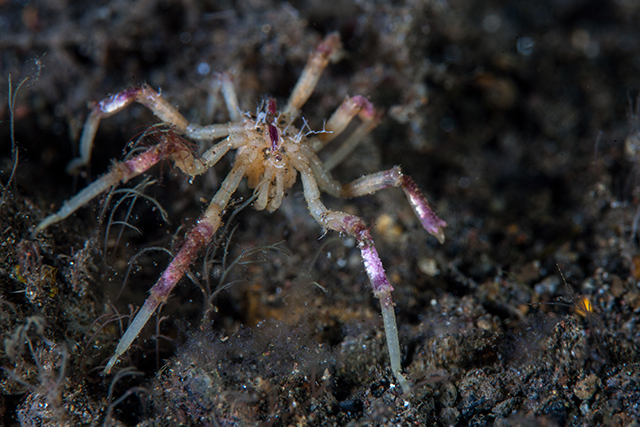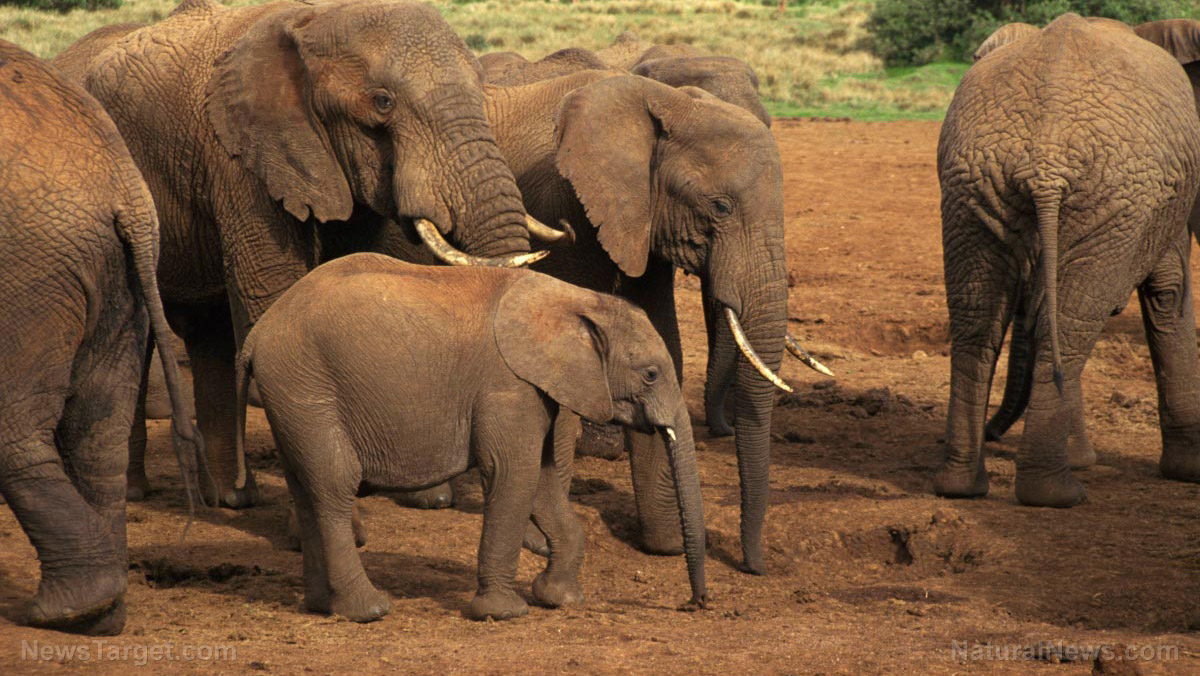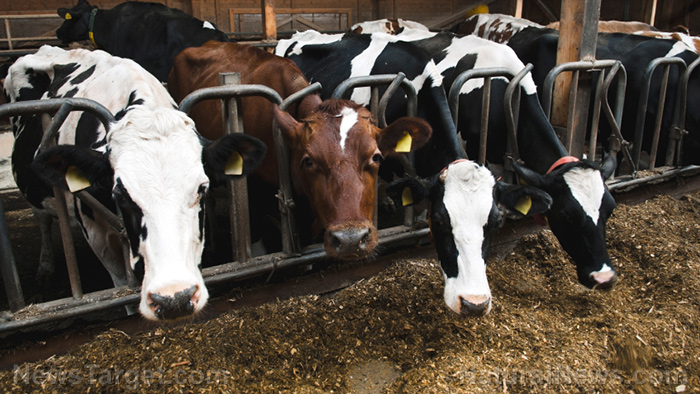
The oxygen-temperature hypothesis dates back to 1999. Researchers Gauthier Chapelle and Lloyd S. Peck proposed that the availability of oxygen placed a limit on the maximum potential size of animals.
The low temperatures of polar waters force animals to conserve energy by minimizing metabolic rates. The mix of scarce oxygen and glacial metabolism enables "polar gigantism."
The University of Hawai'i at Manoa (UH Manoa) researchers Caitlin Shishido and Amy Moran teamed up with their counterparts at the University of Montana (UM) and put the oxygen-temperature theory to the test during a trip to McMurdo Station, Antarctica.
For their experiment, the research team looked for Antarctic sea spiders. Deep-sea cousins of true terrestrial spiders, these marine arthropods breathed through their legs rather than gills or lungs. (Related: Here come the stormtrooper spiders! New spider species all look the same, like clones from Star Wars.)
How can giant sea spiders keep up with their smaller brethren in warmer waters?
“The idea is, it's a lot of work for animals to capture oxygen and bring it all the way to their cells,” explained study author Shishido in an interview. “It's a much bigger job for large animals than for small ones.”
In simple terms, cold temperatures allowed the creature to reach a larger size by forcing it to conserve oxygen.
The UH Manoa-UM team relied on a rather amusing method to determine if warmer temperatures affected bigger sea spiders more than smaller counterparts. They flipped the arthropods upside-down and waited for the animals to recover their proper stance.
The researchers repeated the process until the critters got exhausted. They recorded the total number of times that the animals recovered from getting flipped upside-down.
They also performed these tests at different temperatures. The coolest temperature was 28.76 F (-1.8 C), which the sea spiders found comfortable. The high point was a toasty 48.2 F (9 C).
The researchers predicted that giant animals would get tired faster than smaller ones. To their surprise, the "Goliaths" kept up with the "Davids."
The legs of sea spiders are covered in pores that grow alongside them
“We were amazed that not only could the giant animals survive at much higher temperatures than they usually see, but they dealt with warm temperatures just like the smaller ones,” Shishodo remarked on the results of her team's experiment. “That's not supposed to happen; larger animals should exhaust their oxygen supply and run out of gas much sooner than small ones.”
Sea spiders lack a respiratory system. Instead, they breathe through the surfaces of their thin legs. The natural process of diffusion transfers oxygen from the surrounding water into the body of the arthropods.
Since the passive method works much slower than active respiration, sea spiders cannot replenish oxygen levels very quickly. Giant individuals would expend their energy faster.
To find out how giant sea spiders managed to keep up with smaller specimens, Shishido and her UH Manoa colleague examined the legs of the arthropods. They discovered microscopic pores that covered the spindly limbs – these holes increased the rate of diffusion.
Furthermore, the exoskeleton increased the size and number of pores as the sea spider grew bigger. Shishido compared the skin of the giant specimens to Swiss cheese. She believed that the giant specimens might be less vulnerable to warmer temperatures than previously feared.
Sources include:
Please contact us for more information.























